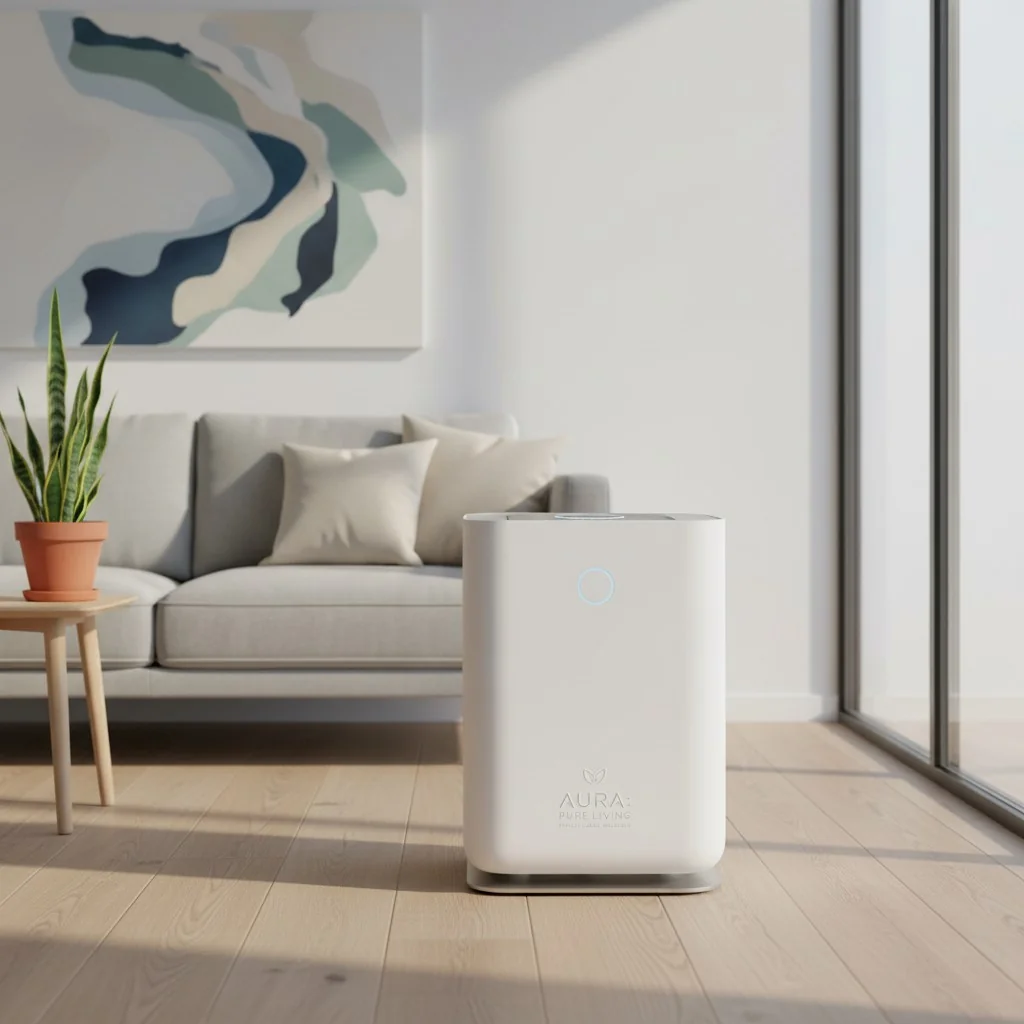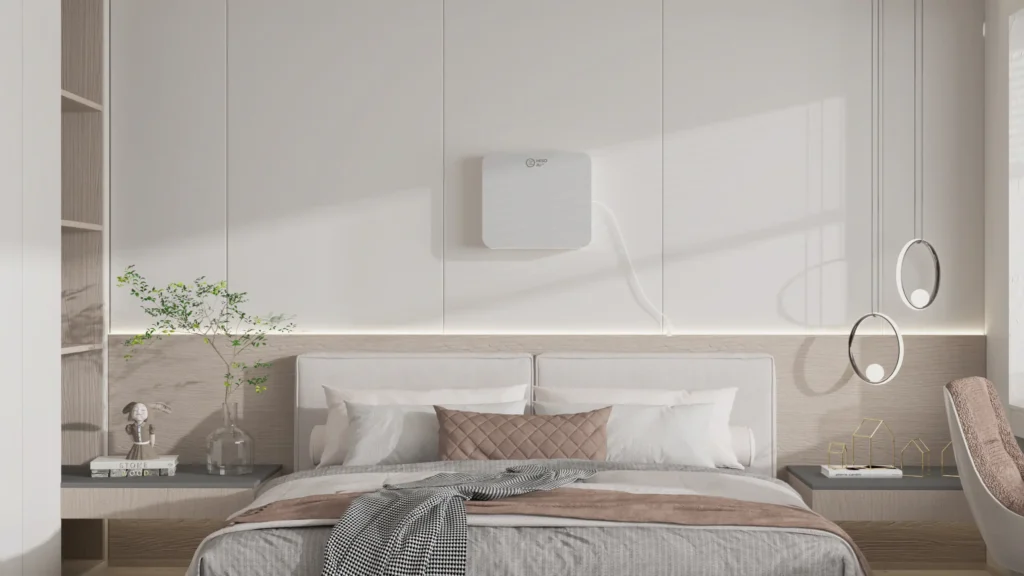
Image Source: moldinspectionandtest.com
Mold can worsen allergies. Can I test for mold in the air? Air samples measure indoor mold spores by pumping air through a mold spore collection device and sent to a laboratory. Testing the air quality is one of the most crucial but less frequently performed maintenance procedures. Your health and those around you may suffer from poor indoor air quality. Having said that, routine inspections can identify issues early and reduce indoor pollution. The Air Quality Index, or AQI, is used to gauge air quality. Similar to a thermometer with a range of 0 to 500 degrees, the AQI measures air quality.
What are the signs of mold exposure?rt
In someexperts' opinion, Mildew and mold can cause your home to smell terrible, making it unlivable. When these two fungi develop, they emit odor-causing gasses that spread quickly. And exposure to molds can irritate certain people. These persons may experience symptoms from mold exposure such as runny nose, wheezing, red or itchy eyes, or skin. Some people may experience more severe reactions, such as those who have asthma or mold allergies.
What is indoor air quality testing?
Tests for allergies, mold, and radon are performed indoors. These tests can determine the safety of your indoor air. It is a method about how to get rid of moldy smell in basement. A proper test will precisely assess your home or office air.
- Basement
- Bathroom
- Kitchen
- Bedroom
Advantages of Air Quality Tests
Benefits of indoor air quality assessment include:
- Better Health
- Increase Comfort
- Efficiency and lower electric bills
- Better Employee Performance
- Reduced House and Pet Odors
Does an air quality test detect mold?
Yes, home air sampling measures mold spore concentration. Air samples are analyzed under a microscope. Air testing can detect mold even if it is not visible. Mold spores, asbestos fibers, volatile chemical substances, pollen, dust, and allergies can be detected by it.
Air Quality Tests for Mold
Indoor air pollution can cause respiratory, cardiac, and cancer issues. Thus, testing and fixing your indoor air can enhance your health. The significant reasons for mold testing in your house are:
- Mold smells or symptoms appear.
- To identify your home's mold species and locate its growth
- To measure interior air quality by measuring spores
- To check if mold has been completely eradicated
What does an air quality test detect?
Air samples can identify spores. The standard air fungal spore concentration is CFU/m3. Colonies indicate air sample spore viability. The second air sample data identify spores by fungus genus or species. Most airborne molds are:
- Penicillium
- Cladosporium and Aspergillus
- Alternaria
- Stachybotrys (Black Mold)
- Aureobasidium
- Chaetomium
- Epicoccum
- Ulocladium
How does an air quality test identify mold?
A sampler pumps a specified amount of air onto a collection instrument, usually a Petri dish with fungal growing media. Air sampling measures mold spore levels in your house. Under a microscope, air samples are studied. Air testing can detect mold even if you cannot see it.
Is there a device that detects mold in the air?
The answer is yes; there; there is a device that can evaluate air quality, HVAC duct air quality, and surface mold.
Mold Air Quality Testing Equipment
Mold air quality test kit products quickly collect and analyze a variety of aeroallergens and bioaerosols. Indoor air quality includes:
- AllergenAllergen-D Posi-Track
- Micro5 MicroCell
- BioSis slides
- AllergenAllergen MK-III slides.
Are mold test kits worth it?
The kit can identify mold, but it is not the best test formold unless someone you know has lab experience and can identify mold and mold spores.
Can an air quality monitor detect mold?
Modern technology makes air quality monitors accessible to most individuals. They can detect airborne mold spores.
How accurate are air mold tests?
If you smell mold, it might be anywhere in the house. The first mold test indoors is spore trap analysis. Air mold tests best measure indoor mold exposure. It indicates air quality changes.
Types of Mold Testings
- Swabs - These tests use cotton swabs. Swab testing provides results in minutes. Send the test tube to a lab to test additional products.
- Tape strips - another popular surface mold test kit. Users must wait for lab analysis of these tests.
- Air pumps - designed to test house air on a table or countertop. The pump gathers air and mold. A lab must test the kit after testing.
- Petri dish test - mold development with a microbial-cultured surface. Dishes quickly mold, showing effects. Air quality and mold readings are most accurate when sent to a lab.
Does a mold air test really work?

Image Source: Hayward Score
Microscopic analysis is most mycology labs' "Gold Standard" and accurate. Microscopes identify genera visually.
- Tap test
- Mold tapes
- Spore traps
- Polymerase chain reaction
- CAP14 Test
Air Quality Testing for Mold: What is a safe level?
There are no health-based biological agent criteria for indoor air. Building air quality evaluations should not include mold air sampling. A concentration of mold spores above 500 sp/m3 is considered high, based on some test result. Any mold in a building is dangerous. Commercial buildings have no EPA-acceptable mold levels or fungal growth requirements.
How and when to test air quality in the home for mold?
Your home or place of business has experienced plumbing leaks or water problems. After you or a professional has removed the mold, you want or need air testing to see if the mold levels have returned to normal.
How do you tell if there is mold in your air?
If mold spreads to air ducts, running the air conditioner may worsen the smell. Mold grows in damp places. Air conditioners only run occasionally, allowing moisture and debris to build in the air handler and ductwork, where most common molds grow. Mold is dangerous, whether you find it or a service technician does.
7 Methods to Test Air Quality in Your Home
Eliminating pollution sources improves indoor air quality. It is important to note what method works best for your budget and time. Like Himalayan salt lamps cannot clean the air since salt absorbs air moisture and evaporates, forming mold spores.
#1 Purchase an Air Purifier
Indoor air filters are vital. A complete filtering system removes airborne pollutants in these air purifiers. Air purifiers can eliminate allergies, pathogens, particulate matter, and gaseous contaminants, depending on the filters. Moreover, being able to have the best placement for an air purifier in the bedroom will make your purchase worth it with several guides below:
- Keep house humidity below 50% all day. Check humidity levels several times a day.
- Ensure your home's airflow. Use outdoor kitchen and bathroom exhaust fans.
- Repair roof, wall, and plumbing leaks to prevent mold growth.
- Flood cleanup and drying should be done within 24–48 hours.
- Paint with mold inhibitors first.
- Mold-killing products clean bathrooms.
- Replace saturated carpets and upholstery.
#2 Air Quality Tester for Mold
Air quality testing identifies mold. Visible mold is tested chemically. If you fear mold pollutes your house but cannot see it, an air quality test can measure spores. Improving indoor air quality can help your family's health. But do air purifiers collect dust? Identifying indoor pollutants and restoring good air starts with the following:
- Buy an IAQ monitor.
- Check symptoms
- Check radon and CO levels.
- Air purifier
- Call an air quality expert.
Air Quality Tests for Mold: In Summary
An air quality test will certify your mold removal project's success. You already know what mold test is best for you and how long it will take to get back from the lab. If problems still arise, you can ask the help from air purifier manufacturer like hisoair since it is an expert to help you.










